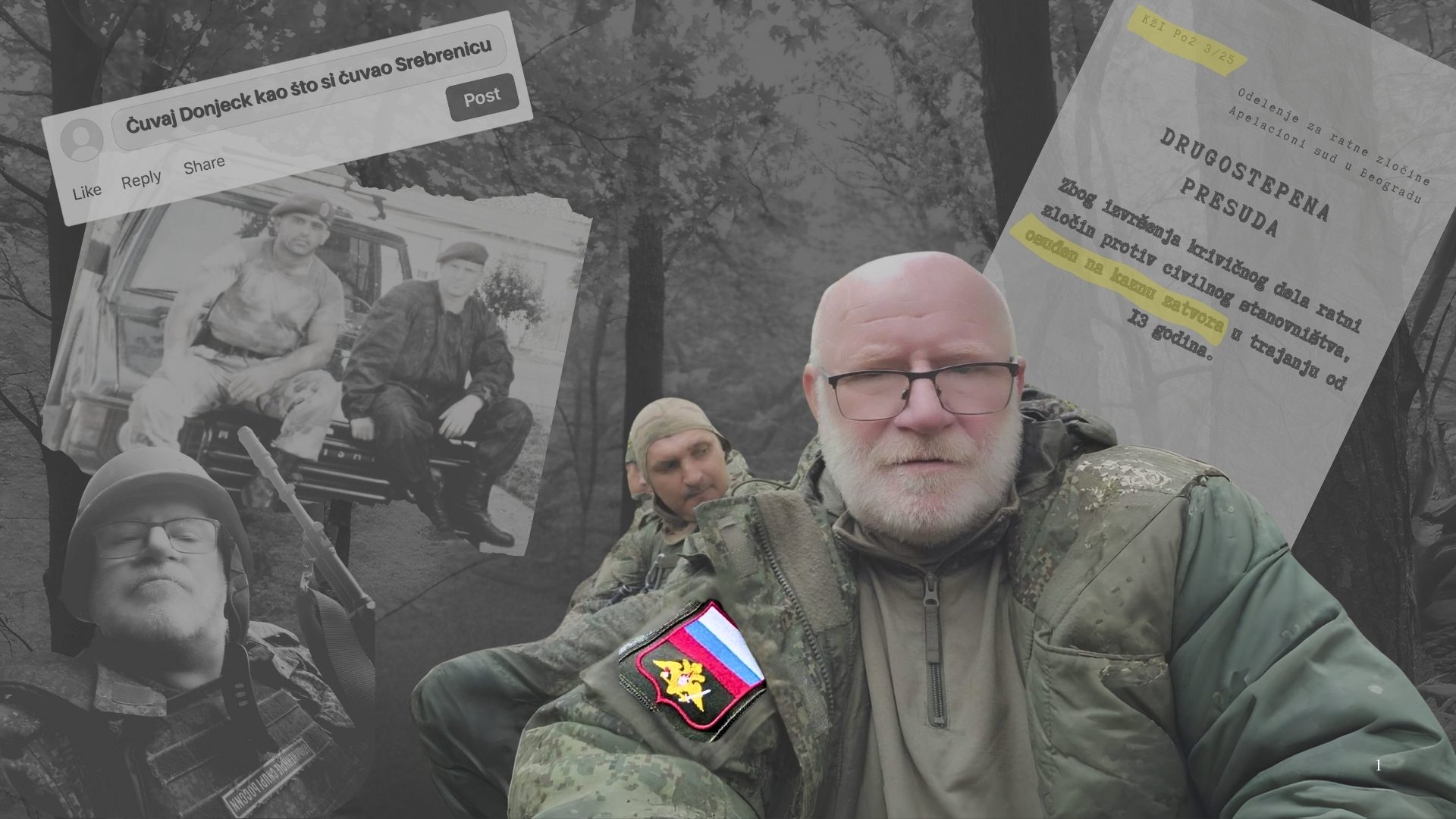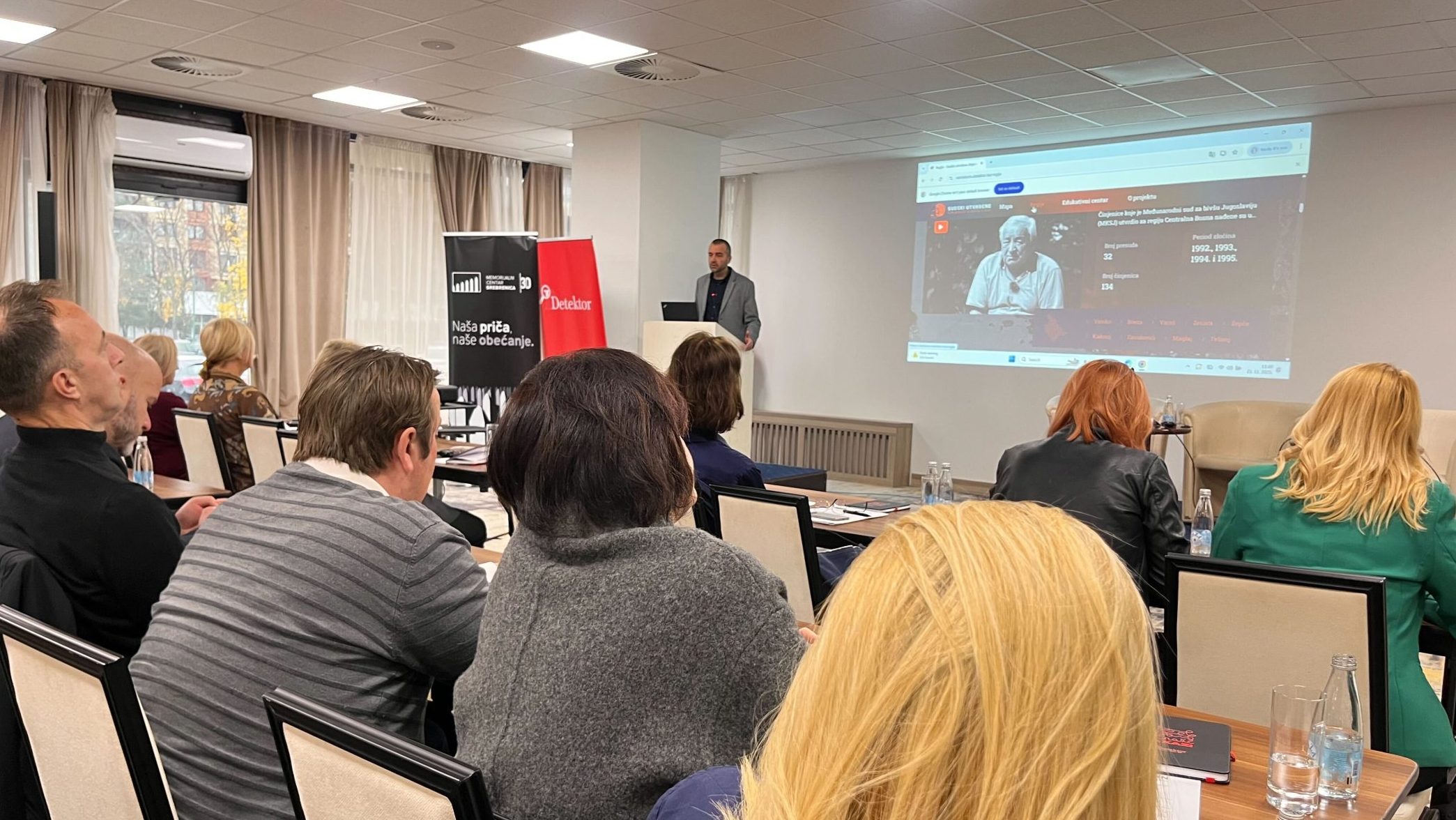This post is also available in: Bosnian
The protected witness codenamed C2 told the court on Tuesday that on July 16, 1995, several days after Srebrenica fell to the Bosnian Serb Army, soldiers took him and other Bosniak prisoners by bus to Branjevo farm near Zvornik, where some of the mass killings took place.
“We heard shooting as we approached. The doors of the bus opened and Serb soldiers cursed… Only then did we see that death had come to take us,” said C2.
He said he saw the bodies of people who had already been killed 100 metres from the bus.
When the next group of prisoners from Srebrenica was taken out of the bus, the witness was among them.
“One of them said: ‘Please, let us drink water first and then kill us,’” he recalled.
The witness said they were taken towards another group of dead bodies, “around 200 to 300 of them”. After that he heard someone shout “Get down!”, then the shooting started.
“I fell immediately. When the shooting stopped, one man asked if there was anyone alive. Two people called out, and one of them said: ‘Kill me first,’” said the witness.
He said that Serb soldiers executed six to seven groups of Bosniaks in the same way.
“I heard one soldier say: ‘We committed genocide, just like in the Jasenovac camp in 1941,’” he recalled.
C2 said that a total of five people survived, and that when the soldiers dispersed, they ran away.
Cvetkovic, a former member of the Tenth Saboteur Unit of the Bosnian Serb Army, is accused of participating in the murder of at least 900 people from Srebrenica at the Branjevo farm on July 16, 1995. He denies the charges.


